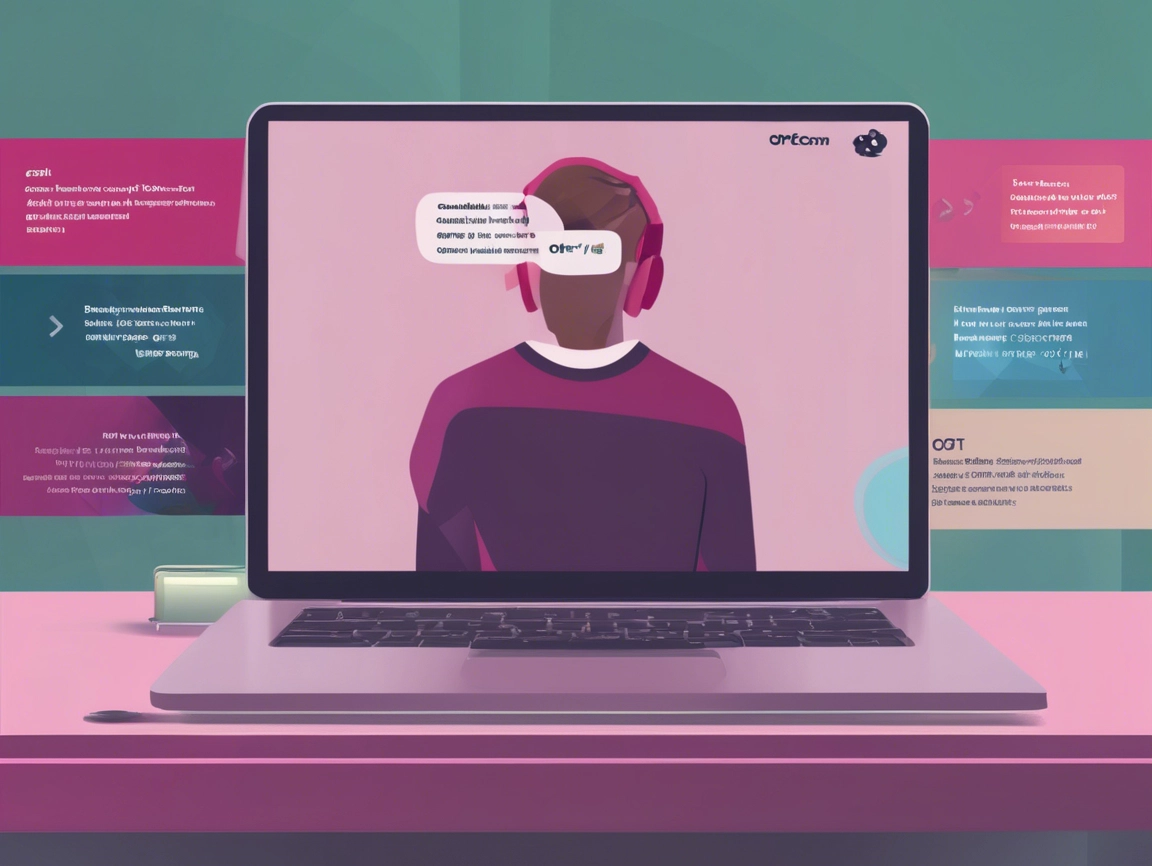Am 13. Mai 2025 veröffentlichte die Europäische Kommission (EK ) ihren lang erwarteten Entwurf für Leitlinien zum Schutz von Minderjährigen im Internet gemäß Artikel 28 des Gesetzes über digitale Dienste (DSA). Dies ist ein entscheidender Moment in der Entwicklung der Alterssicherung, der klare Erwartungen daran stellt, wie digitale Plattformen die Risiken für Kinder bewerten und mindern müssen.
Diese Leitlinien unterstreichen nicht nur die Bedeutung einer altersgerechten Gestaltung, sondern verdeutlichen auch die wesentliche Rolle moderner Instrumente zur Altersüberprüfung und -einschätzung bei der Schaffung sicherer Online-Räume.
Wir von 18Verified erläutern, was die neuen EU-Richtlinien bedeuten, was Ihre Plattform tun muss, um sie einzuhalten, und wie Sie dem Gesetz einen Schritt voraus sein und gleichzeitig Ihre jüngsten Nutzer schützen können.
Was ist das Gesetz über digitale Dienste (DSA)?
Die Verordnung über digitale Dienste ist eine bahnbrechende EU-Verordnung, die 2024 in Kraft tritt. Sie gilt für alle wichtigen Online-Dienste, die in der Europäischen Union betrieben werden, darunter:
- Plattformen für soziale Medien
- Online-Marktplätze
- Websites mit nutzergenerierten Inhalten
- Hosting-Dienste und Suchmaschinen
Das Hauptziel der DSA ist es, das Internet sicherer und transparenter zu machen - vor allem für gefährdete Gruppen wie Kinder und Jugendliche. Gemäß Artikel 28 müssen Plattformen proaktive Maßnahmen ergreifen, um Minderjährige vor schädlichen Inhalten, ausbeuterischer Werbung und Online-Grooming zu schützen.
Die wichtigsten Punkte aus den Leitlinien der Europäischen Kommission
In dem von der Europäischen Kommission im Mai 2025 veröffentlichten Leitlinienentwurf wird dargelegt, wie Artikel 28 auszulegen und durchzusetzen ist. Hier sind die wichtigsten Erkenntnisse:
🔍 1. Risikobasierter Ansatz
Plattformen müssen potenzielle Risiken, die ihre Dienste für Minderjährige darstellen, identifizieren und bewerten - einschließlich der Exposition gegenüber Inhalten, Interaktionen mit Erwachsenen und algorithmischer Einflussnahme. Je nach Höhe des Risikos müssen geeignete Schutzmaßnahmen ergriffen werden.
🎯 2. Altersgerechtes Design
Plattformen müssen Inhalte, Funktionen und Werbung auf die Altersgruppe der Nutzer abstimmen. Dies steht in engem Einklang mit dem britischen Code für altersgerechte Gestaltung (AADC) und unterstreicht die Bedeutung der Schaffung von kindersicheren digitalen Erlebnissen durch Design.
🔐 3. Altersabsicherung als Rechtsnorm
Die Kommission bestätigt, dass die Überprüfung und Schätzung des Alters für die Einhaltung der Verpflichtungen von entscheidender Bedeutung ist. Von den Plattformen wird erwartet, dass sie Lösungen implementieren, die:
- Präzise und verhältnismäßig
- Schutz der Privatsphäre und GDPR-konform
- Fit für unterschiedliche Risikoniveaus
Beispiele hierfür sind:
- Staatliche ID-Kontrollen
- Kreditauskunftsdaten oder SIM-basierte Prüfungen
- KI-gestützte Altersschätzung im Gesicht
- Analyse der Metadaten von E-Mails und Mobiltelefonen
📢 4. Transparenz, Kontrollen und Berichterstattung
Die Plattformen müssen bieten:
- Klare Instrumente zur Meldung von Missbrauch
- Kindersicherung (falls zutreffend)
- Transparente Moderation und algorithmische Prozesse
Warum dies jetzt wichtig ist
Die Veröffentlichung dieses Leitlinienentwurfs signalisiert, dass die Einhaltung der Vorschriften nicht mehr optional ist, sonderneine Voraussetzung für die Geschäftstätigkeit im digitalen Ökosystem der EU.
Zu den Risiken der Untätigkeit gehören:
- Geldbußen von bis zu 6 % des weltweiten Jahresumsatzes
- Plattformabschaltungen oder Diensteinschränkungen
- Rufschädigung bei Nutzern, Investoren und Aufsichtsbehörden
Die Botschaft ist klar: Der Schutz von Kindern im Internet muss eine Priorität der Plattform sein.
Wie 18Verified Plattformen bei der Einhaltung der DSA-Vorschriften hilft
18Verified bietet eine hochmoderne, auf Datenschutz ausgerichtete Alterssicherungstechnologie, die die Einhaltung von DSA unterstützt, ohne die Benutzerfreundlichkeit zu beeinträchtigen.
Unsere Lösungen umfassen:
- ✅ Altersüberprüfung anhand eines amtlichen Ausweises, Bonitätsprüfung, Überprüfung der Handynummer und Zahlungsmethode
- ✅ KI-gestützte Altersbestimmung im Gesicht - reibungslos und anonym
- E-Mail- und Metadaten-basierte Schätzung - leicht und genau
- ✅ GDPR-konform ohne unnötige Datenspeicherung
- ✅ Zertifiziert nach PAS 1296:2018
- ✅ Einfache Integration über API oder Plug-and-Play-Optionen
- ✅ Erschwingliches Abonnementmodell - keine Bezahlung pro Scheck
Ganz gleich, ob es sich um eine Videoplattform, eine Website mit nicht jugendfreien Inhalten, ein soziales Netzwerk oder eine Online-Community handelt - wir helfen Ihnen, die Vorschriften einzuhalten und Ihre besonders gefährdeten Nutzer zu schützen.
Bereiten Sie sich vor, bevor es zu spät ist
Die EU setzt den weltweiten Standard für die Sicherheit von Kindern im Internet, und das Gesetz über digitale Dienste wird streng durchgesetzt. Plattformen, die nicht handeln, riskieren schwere Strafen - ganz zu schweigen von dem Schaden, der echten Nutzern entsteht.
Warten Sie nicht, bis die Durchsetzung beginnt. Bauen Sie jetzt Sicherheit und Vertrauen in Ihre Plattform ein.
👉 Erfahren Sie, wie 18Verified die Einhaltung von EU- und UK-Vorschriften unterstützt
👉 Sprechen Sie noch heute mit unserem Team
Tags: Digital Services Act, Artikel 28 DSA, EU-Kindersicherheit, Online-Kinderschutz, Europäische Kommission, Altersverifikation, Alterssicherungstools, GDPR-Konformität, PAS 1296, KI-Gesichtsschätzung, 18Verified, Online-Plattform-Konformität, Schutz von Minderjährigen online, EU-Verordnung 2025, digitale Risikobewertung










